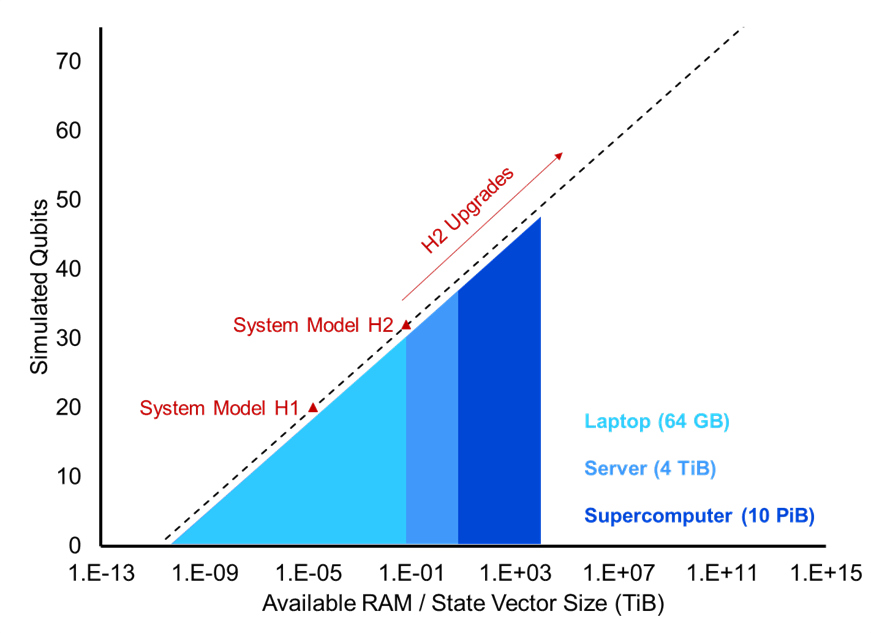The IEEE International Conference on Quantum Computing and Engineering ‚Äì or ‚Äì is September 17 ‚Äì 22 this year. “π…´÷±≤• is pleased to support IEEE‚Äôs efforts to bring engineers, scientists, researchers, students and others together to learn and encourage collaborations to advance quantum computing.
At the event, the “π…´÷±≤• team will be participating in a variety of sessions vital to the growth of the quantum ecosystem. Topics include photonics and fault tolerance strategies for scaling quantum computers, optimizing circuit compilation incorporating ZX-calculus as a simplification tool, and culture and policies.
Please see the complete list of sessions featuring “π…´÷±≤• team members below.
Quantum circuit compilation and classical control with TKET, Tuesday, Sept 19, 10:00am - 4:30pm, presented by Callum MacPherson, Technical support, training and outreach officer, and Lewis Wright, Quantum Algorithms Scientist
Quantum in Pictures in Practice, Wednesday, Sept 20, 10:00am – 4:30pm, presented by Lia Yeh, Research Engineer, Thomas Cervoni, Public Engagement and Academic Relations, and Harny Wang, Senior Research Fellow
Quantum Computing Market Success Requires an Application-level Programming Model that Delivers Performance, Tuesday, Sept 19, 10:00am – 4:30pm, with Megan Kohagen, Lead Application Engineer
Quantum Computing for Natural Sciences: Technology and Applications, Wednesday, Sept 20, 10:00am – 4:30pm, with Lia Yeh, Research Engineer
Classical Control Systems for Quantum Computing, Wednesday, Sept 20, 10:00am – 4:30pm, with David Liefer, Chief Electrical Engineer
Emerging Technologies for Scaling Trapped-ion Quantum Systems, Thursday, Sept 21, 10:00am – 4:30pm, with Patty Lee, Chief Scientist for Hardware Technology Development
Quantum Algorithms for Financial Applications​, Friday, Sept 22, 10:00 – 4:30pm, with David Amaro, Senior Research Scientist
Technology Roadmapping for Quantum Computing​, Friday, Sept 22, 1:00 – 2:30pm, with Patty Lee, Chief Scientist for Hardware Technology Development
What’s in your photonics for quantum toolbox?, Monday, Sept 18, 10:00 – 11:30am, with Mary Rowe, Integrated Photonics Technical Manager
From the Capitol to the Laboratory: How Industry and Academia can Leverage National Policy for Funding of QIS, Wednesday, Sept 20, 3:00 – 4:30pm, with Ryan McKenney, Associate General Counsel, Compliance and Director of Government Relations
Real-Time decoding for in fault-tolerant era​, Thursday, Sept 21, 3:00 – 4:30pm, with Natalie Brown, Senior Advanced Physicist
Changing DEIA Culture and Environment in Industry​, Friday, Sept 22, 10:00 – 11:30am, with Sam Parsons, HR Director
‚Äç
*All sessions are listed in Washington time, Pacific Time Zone







